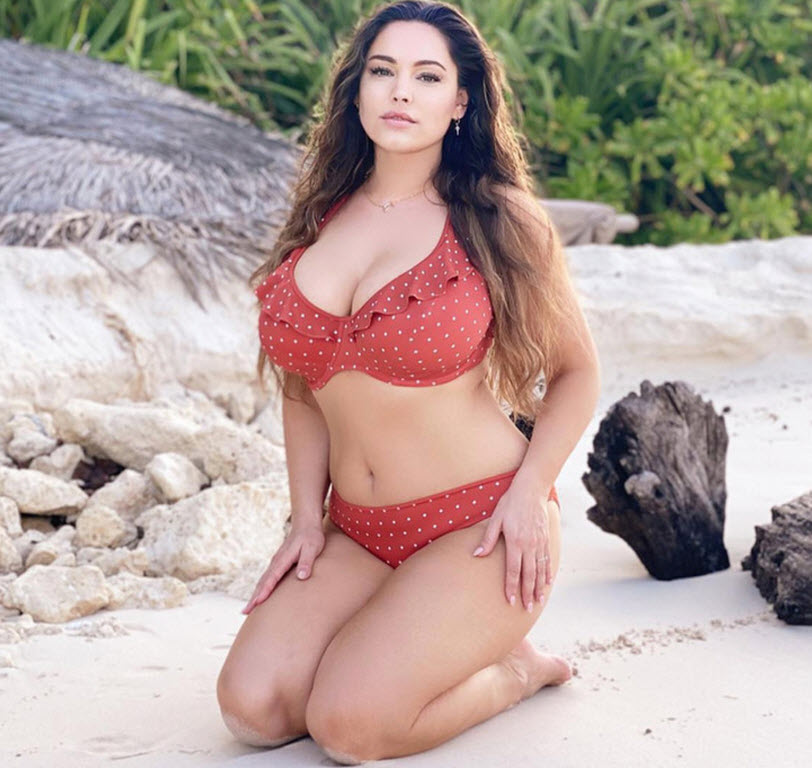Beauty is a concept that has been debated and redefined throughout history. While it’s true that beauty is more than skin-deep, there’s no denying the impact of physical appearance on our perceptions. The ideal female body type has undergone significant transformations over the years, influenced by societal norms, cultural values, and even scientific research.
In the past, the concept of the perfect woman varied greatly. In the 1950s, Marilyn Monroe was the epitome of beauty, while in the 1980s, the focus shifted to athletic and curvy women. The 1990s saw a rise in the popularity of extremely thin models. Today, science has entered the conversation, providing us with a supposedly objective definition of the perfect female body.

Researchers at the University of Texas set out to determine the scientific truth about beauty. According to their findings, the ideal woman is approximately 5’5″ tall, with measurements of 38.9 inches around the bust, 24.8 inches around the waist, and 35.8 inches around the hips. These proportions are eerily similar to those of model and actress Kelly Brook, who has been crowned the sexiest woman alive.
Interestingly, Brook’s career was initially hindered by her curves, which were deemed too plump by some modeling agencies. However, she has since found success in the fashion and modeling industries, becoming a poster child for the scientifically perfect body.
So, what makes these measurements so special? Research suggests that men are naturally drawn to curvier women, as curves are often associated with fertility. However, it’s essential to remember that body type is only one aspect of fertility, and a woman with the scientifically perfect body can still face fertility issues.
Ultimately, beauty remains a subjective concept, influenced by personal taste, cultural norms, and individual experiences. While science may provide us with a definition of the perfect female body, it’s crucial to recognize that beauty is more than just physical appearance.


